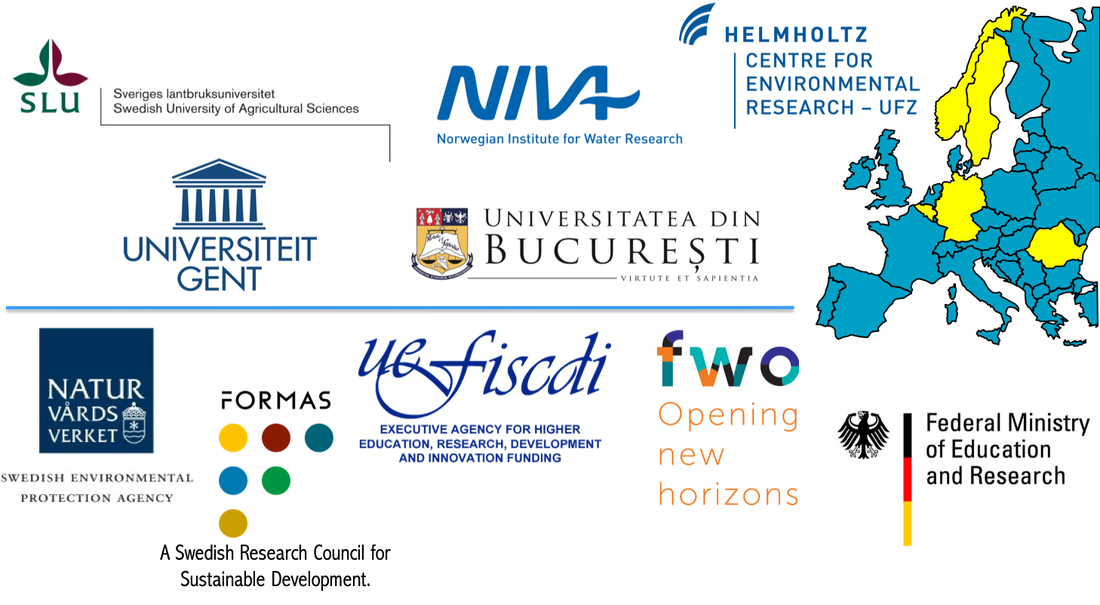Welcome to the CROSSLINK Learning Environment
|
CROSSLINK is a European BiodivERsA research project that focuses on woody riparian buffers as a key component of landscape-level green infrastructure capable of mitigating human pressures and enhancing biodiversity and ecosystem services delivery in stream and river networks.
The CROSSLINK learning environment compiles learning from the project on the benefits woody riparian buffers can provide, models and frameworks for optimising riparian network design, and information on survey methods for quantifying ecological values of stream-riparian networks NEW! RIPARIAN OPTIMISATION ARTICLE NOW AVAILABLE HERE!! Introducing CROSSLINK A short video introduction: with English subtitles |
Learning: Key project findings and recommendations
|
Streams and their riparian corridors as key components of landscape "blue and green infrastructure", and the key environmental, biodiversity and ecosystem service values in focus for CROSSLINK
|
|
General conclusions and recommendations addressing the benefits of riparian buffers, and how variation in buffer characteristics and land use intensity regulates those benefits
|
Tools and outputs
|
Field protocols for quantifying biodiversity, ecosystem functioning and habitat quality in stream-riparian networks
|
An optimization framework for stream-riparian green-blue infrastructure has been developed to identify synergies and trade-offs among different environmental and socio-economic objectives. The optimization tool is used to assess riparian land management strategies (esp. related to reforestation) from the perspective of multifunctionality, and to reduce land use conflicts in floodplain areas.
|
|
A decision support tool based on data from all four case study basins especially aimed at the Water Framework Directive
|
Open access publications from CROSSLINK, and links to additional publications
|


